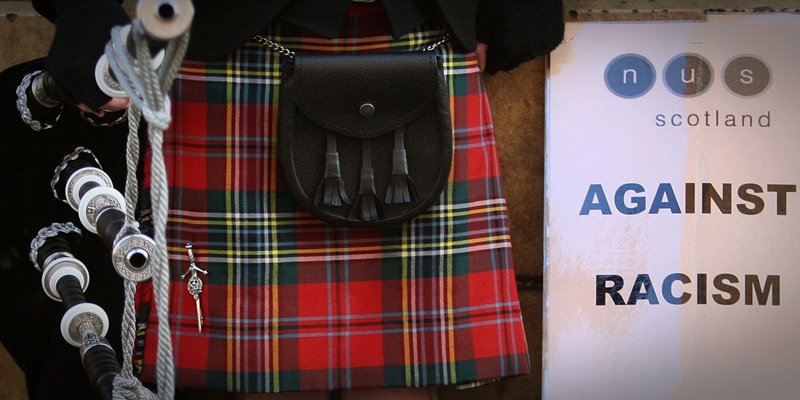Community leaders warn racism in Tayside and Fife may be a bigger problem than the latest crime statistics show.
New figures obtained under a freedom of information request reveal residents of Pakistani origin continue to be the group at greatest risk.
Seventy-eight people with links to the country were targeted in Tayside in 2010/11 a 15% rise on the previous 12 months. White Scots are the second-most likely group to encounter racism, with 50 incidents reported over 2010/11.
The figures are similar in Fife, with 79 people of Pakistani heritage subjected to racism and 37 cases against white Scots.
Despite education in schools and laws deterring race crime there are still cultural divides in communities.
Abdul Rehman (24), manager at the Dundee Community Centre, which operates through Dundee Central Mosque, believes racism will always exist.
He said: ”It’s still here but it is not as bad in Dundee as in other places. I have been a victim of it in the past but have had nothing in a long while. I have, however, spoken with a lot of other people who are still being faced with it.”
The Dundee man said he encountered racism while at Harris Academy, but believes the problem is more prevalent today among pupils.
He said: ”I was called racist names now and again at school but it never got into physical abuse. Having spoken with young people I know that it still goes on.”
He added: ”There are white gangs fighting with Pakistani gangs that’s just the way it is. I don’t think that will ever be eradicated.”
Of Tayside’s population of 389,000, approximately 10,000 belong to minority ethnic communities. Many belong to the emerging eastern Europe community, some of whom come for short periods to work while others choose to stay longer term.
The region also has a large overseas student population attending the various higher education establishments.
Continued…
Staff at the race awareness and equality group FRAE Fife regularly offer advice to those facing discrimination. Centre manager Naeem Khalid is unsure of the true picture of racism in Fife.
He said: ”From the figures I feel further investigation work needs to be carried out. Whether the black minority ethnic communities feel there is an decrease in racism in Fife or there is a lack of under-reporting because barriers such as language, or a lack of comprehension of the reporting process, remains to be seen.”
The police statistics show there is not an equal divide when it comes to carrying out race crime. In Tayside and Fife the majority of incidents were carried out by caucasians.
A total of 235 people classed as being white UK living in Tayside were identified as having carried out a crime over 2010/11 a small increase on the previous 12 months.
White Scots carried out the greatest number, with 201 complaints.
Meanwhile just 11 people with an ethnic background were identified as having carried out a racist crime over the same period.
In Fife, 171 white Scots were detected, compared to two of Asian extraction.
A Tayside Police spokesman said: ”The majority of incidents relate to verbal abuse, criminal damage and other non-violent crime, but that in no way detracts from their seriousness or the adverse affect they can have upon their victim.”
Mohammed Issa (49), who runs six convenience stores across Tayside, wants to see more race support groups to bridge ethnic divides.
The former director of the now-defunct Tayside Racial Equality Council does not consider racism a problem in his day-to-day life, but fears many race crimes go unreported.
Mr Issa said: ”The demise of the Tayside Racial Equality Council has meant that the community has lost a common place where they can go and seek advice or information.
”As a result I feel that the channels that were open have now vanished and I am sure that some people are not reporting incidents because they don’t have that support.”
Mr Issa believes raising awareness is key.
He said: ”At my shops we are serving the needs of the local community and really try to offer a safe shopping experience. And that is part of the reason I believe we do not get many incidents of racism but I know that it is a very different story for other shopkeepers.”
Photo by Andrew Milligan/PA Archive
